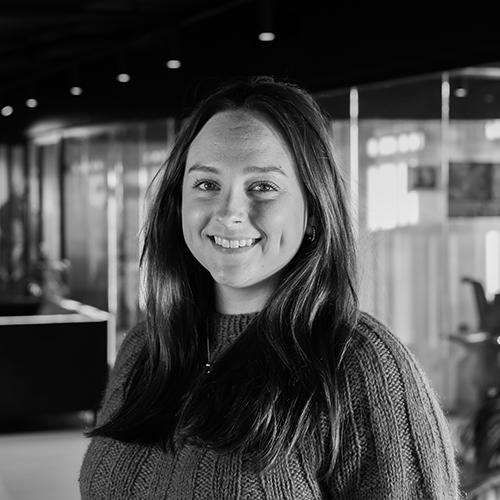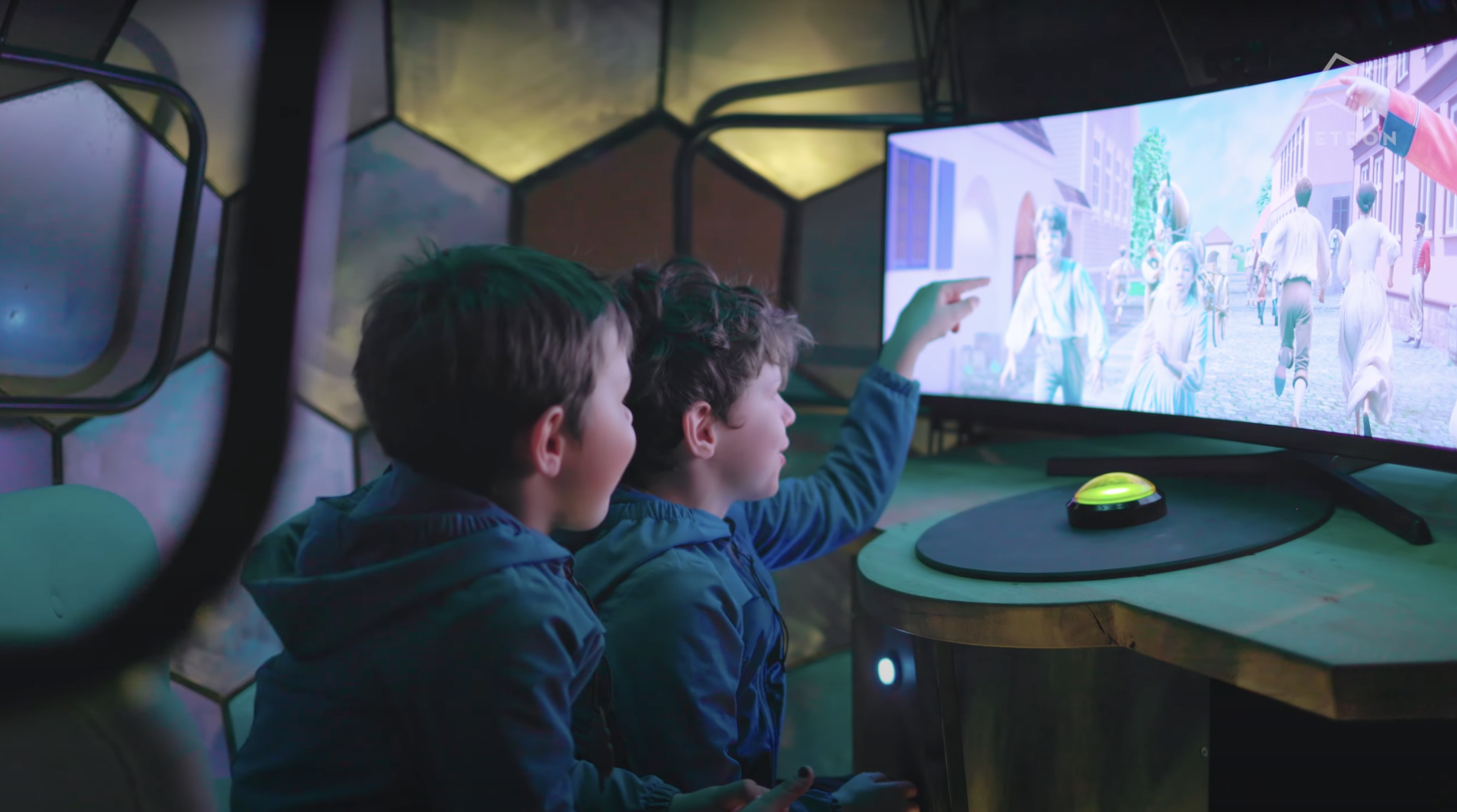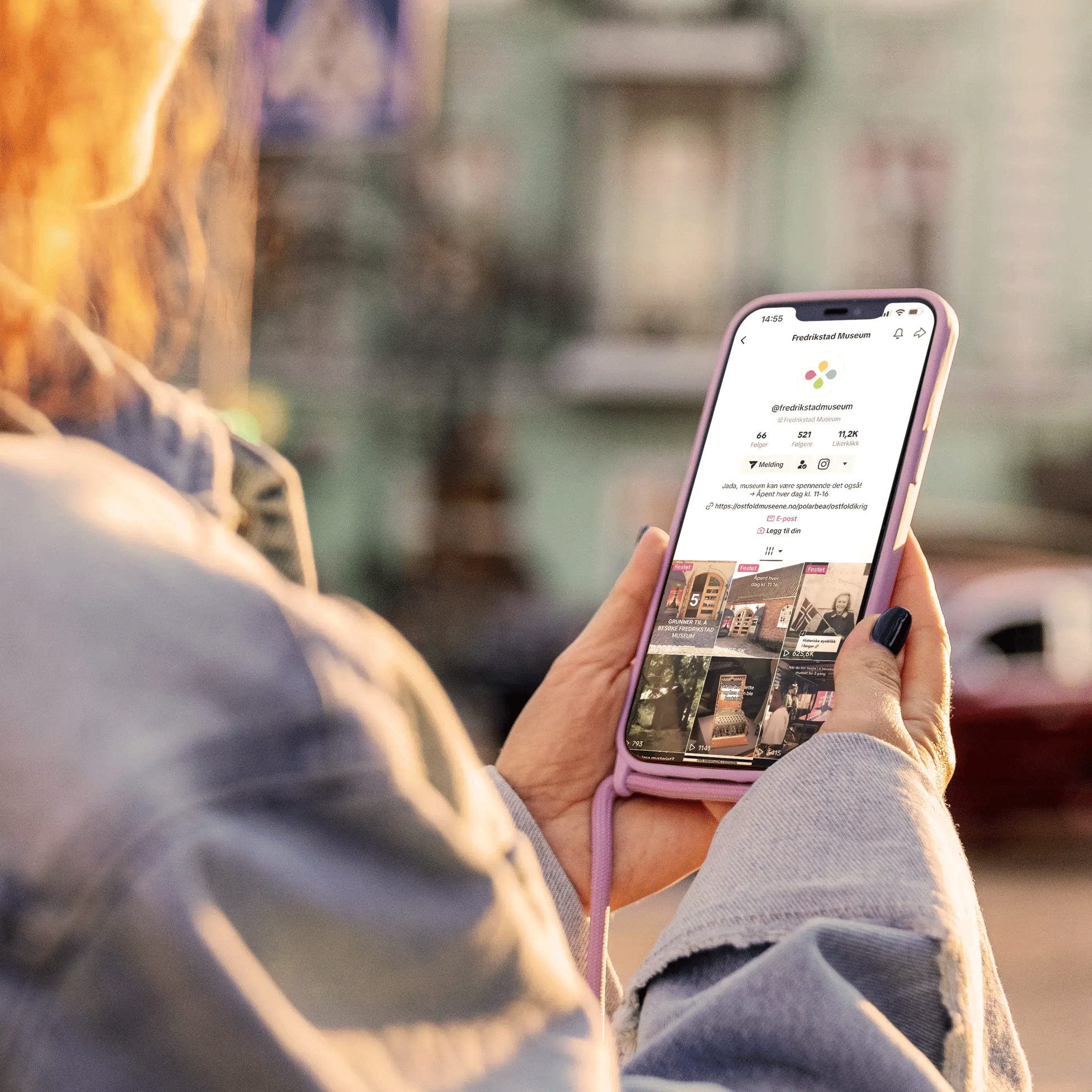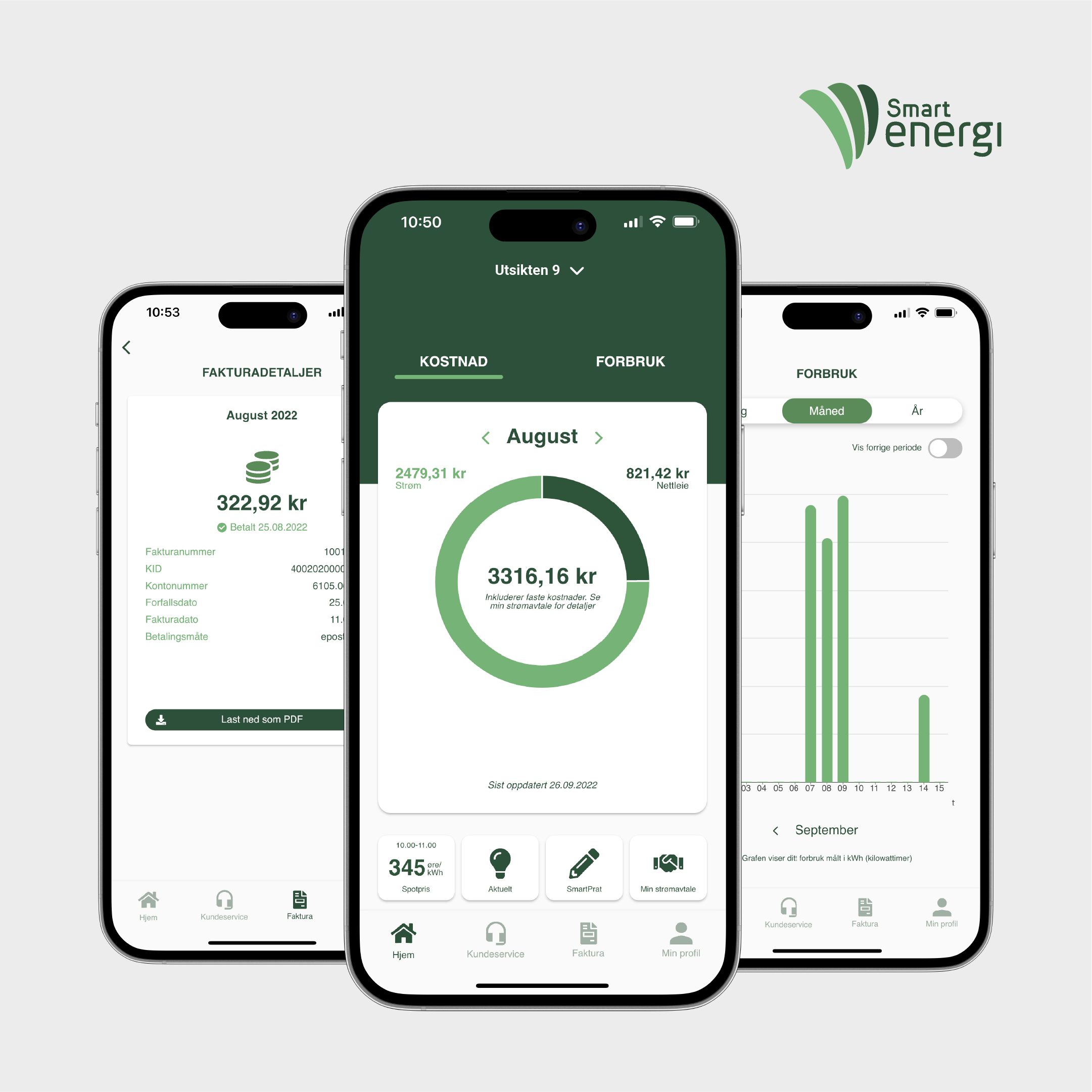There are many examples of failed campaigns targeting the “impossible audience.” Here’s an example of a successful campaign with high engagement among Generation Z.
Background of the Campaign
In connection with the new permanent exhibition «Østfold at War»at Fredrikstad Museum, we were tasked with engaging a younger audience. This is a challenging task, as this is a demographic that doesn’t typically flock to historical museums. So how do we reach this demanding target group, aged 13-26, with the message that war history is interesting and relevant?
Approach
First, we uncover the media habits of this—or rather, these—target groups. We split the target audience into two segments: 13-18 years old and 19-26 years old. Both the messaging and the platform are tailored, as content directed at a 13-year-old should be somewhat different than content for a 25-year-old. Neither of these groups is overly represented on online newspapers or Facebook. After research and early testing, we concentrated on TikTok, Snapchat, and Instagram. Our focus is on how we can craft messages that align with current trends and hyper-relevant topics, combined with important information. Since this is constantly changing, we need to have a solid understanding of what drives traffic and the mechanisms behind what is trending and why—and quickly latch onto these trends. This way, we can ride the trend waves and achieve good organic reach (Organic reach refers to unpaid content). We start early by testing a few messages to see what type of content actually captures the audience based on our prior experience. We are not afraid to test because we know well that some things will work and others won’t. Based on this type of testing, we get a sense of what we should focus on further in the campaign, while we continue to test different content. When we hit the mark, we can choose to use the content further in advertising and pay for more exposure. We use the three platforms slightly differently, but much of the content is organic and not paid. Traditionally, we spend most of the budget on content placement and less on production. But in this campaign, we allocated more resources to content production than to placement, and it has paid off.
Result
We are proud, but also surprised, by how well this campaign has performed so far. The results show that the majority of those reached and who are engaging are aged 13-26. This says a lot about how well the content resonates and that the right audience is not only being reached but is also engaging.
Reflection
Communicating with younger audiences, who change their media habits quickly and often, requires a close hands-on approach. Messages must be tailored to ride the trend waves and be hyper-relevant in order not to get lost in the massive media flood. Gen Z uses media very differently and more extensively than other target groups. It’s important not to be afraid to try, as long as there’s a plan behind it.
Check out Fredrikstad Museum on TikTok here:
@fredrikstadmuseum






